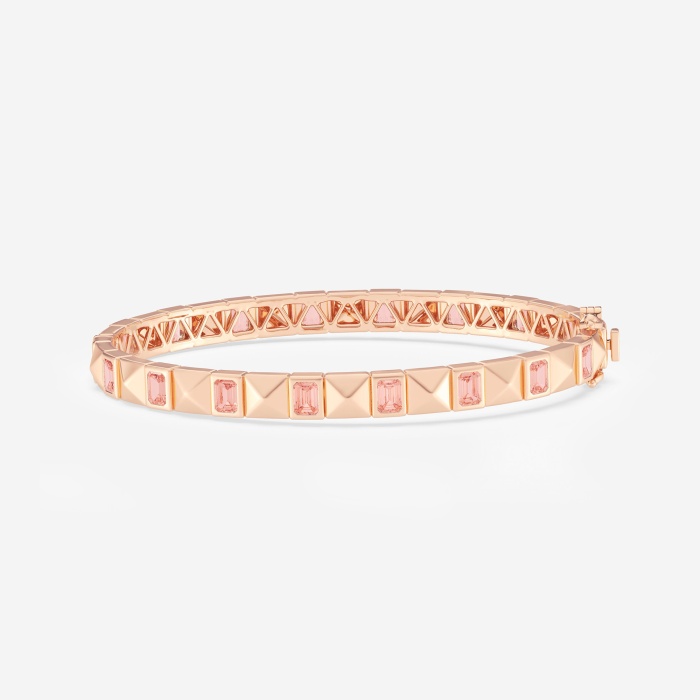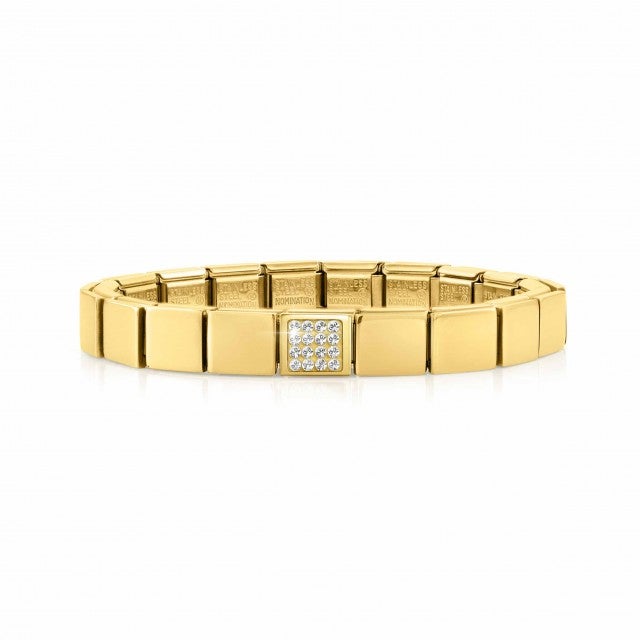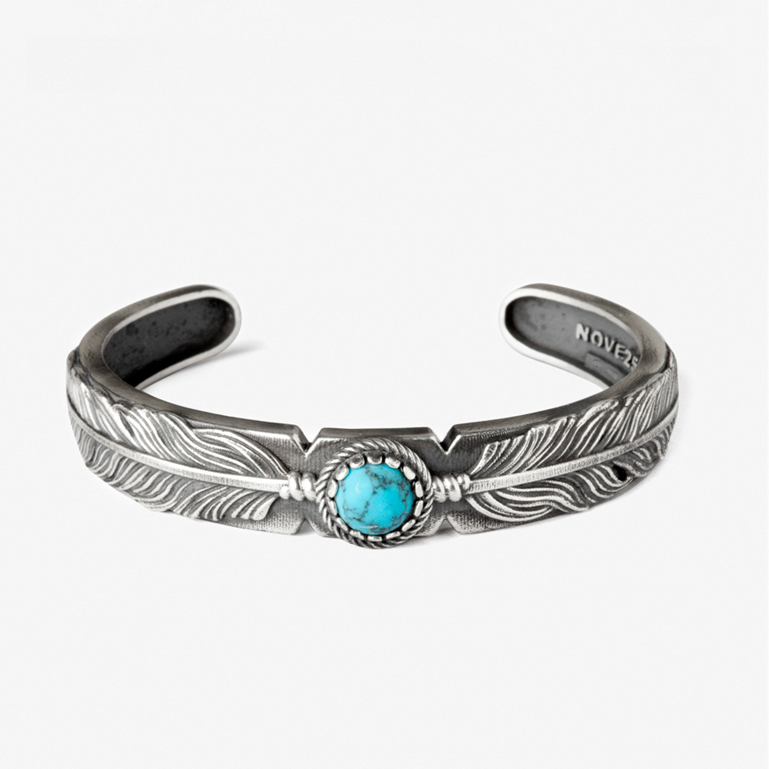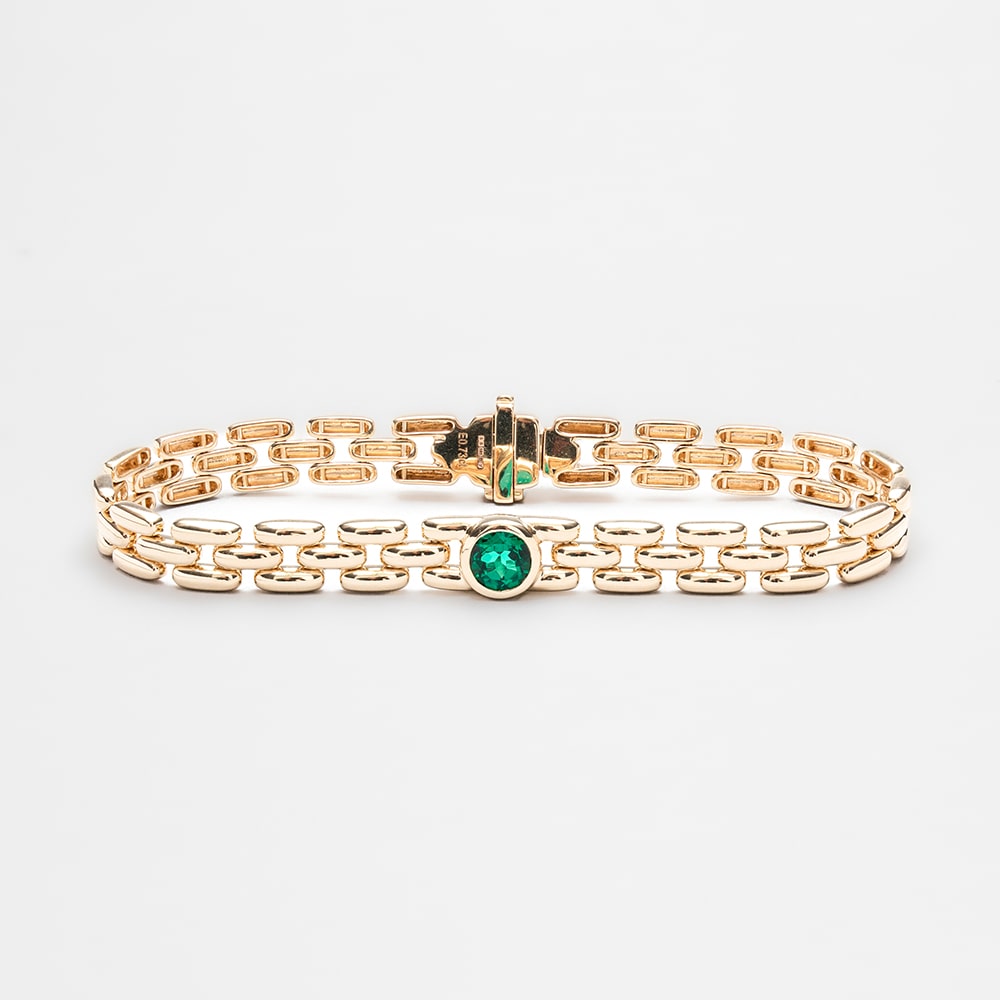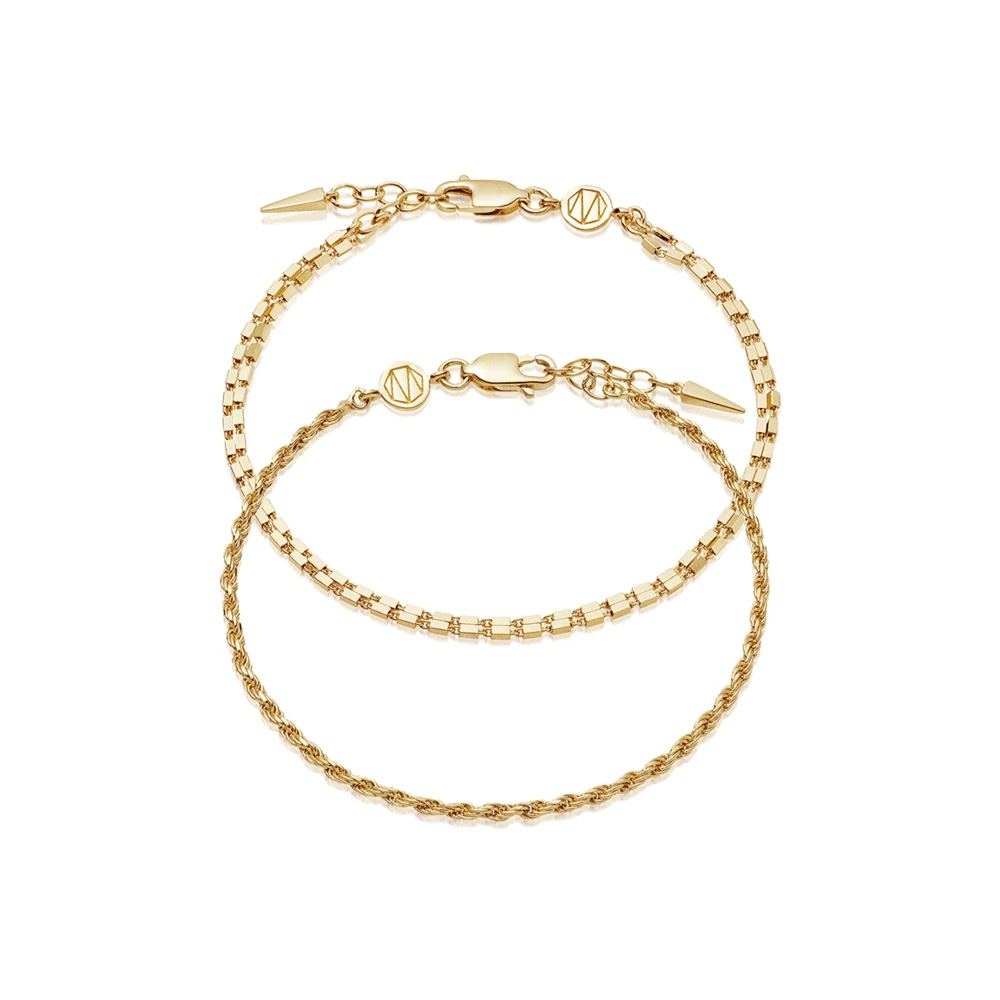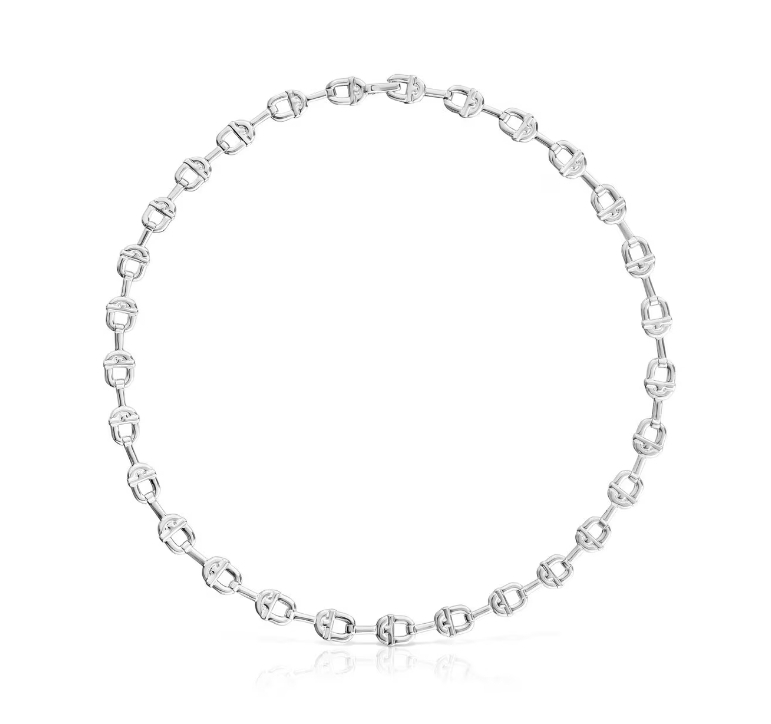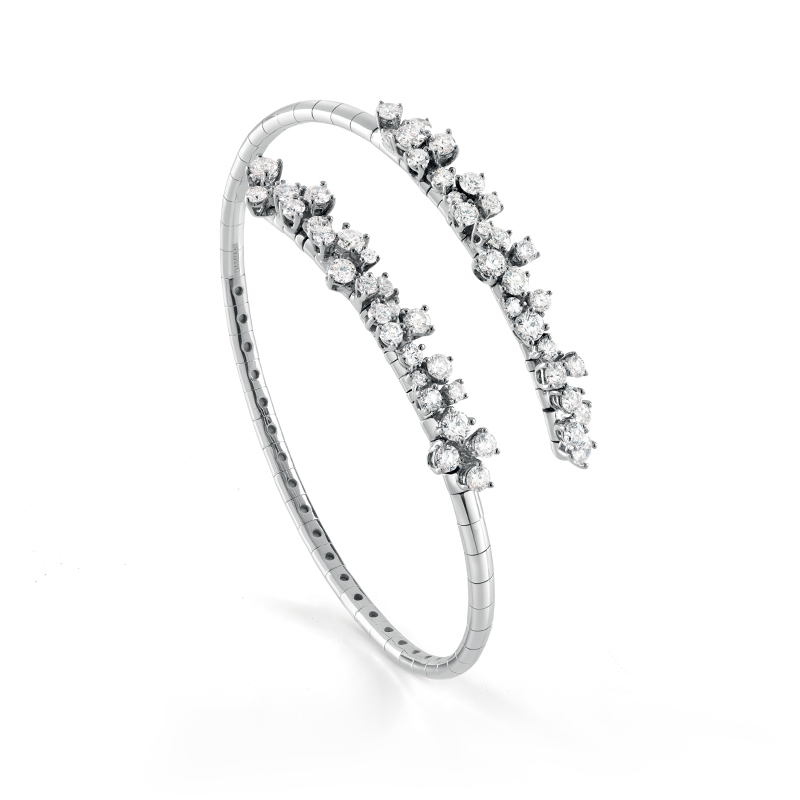JING YING OEM Rose gold plated bangle based on the US clients design
JING YING OEM Rose gold plated bangle based on the US clients design
LET’S GET STARTED : mo@kingjy.com
The Alchemy of Partnership: Crafting a Rose Gold Plated Bangle for an American Client through JING YING OEM
In the dynamic global landscape of fashion and accessories, the journey of a product from a spark of an idea to a tangible object in a consumer’s hands is a complex symphony of design, manufacturing, logistics, and business strategy. This journey becomes particularly fascinating when it bridges the creative ethos of an American designer with the manufacturing prowess of a Chinese OEM (Original Equipment Manufacturer) partner. This is the detailed narrative of one such collaboration: the production of a rose gold plated bangle, based entirely on a USA client’s design, executed by JING YING, a specialist in OEM and ODM (Original Design Manufacturing) services for fashion jewelry.
This article will delve deep into every facet of this process, exploring not only the technical steps but also the cultural, communicative, and quality-control nuances that define a successful transnational manufacturing partnership.
Part 1: The Foundations of the Partnership – JING YING OEM and the American Client
1.1 Understanding JING YING’s OEM Model
JING YING operates within the robust ecosystem of Chinese manufacturing, but with a specific focus on the fashion jewelry sector. Their core competency lies in the OEM model. Unlike ODM, where the manufacturer provides the design, in an OEM arrangement, the client—in this case, an American startup or an established brand—provides the complete design and specifications. JING YING’s role is to bring that design to life exactly as envisioned, handling material sourcing, prototyping, production, quality control, and packaging.
Their value proposition is built on several pillars:
- Technical Expertise: Mastery over various plating techniques, metalworking (for base metals like brass, copper, and stainless steel), and stone-setting.
- Scalability: Ability to produce runs from a few thousand to hundreds of thousands of units, catering to brands at different growth stages.
- Cost-Effectiveness: Leveraging supply chain efficiencies and skilled labor at a scale that individual brands cannot achieve on their own.
- Speed-to-Market: A streamlined process designed to take a product from design to delivery in a competitive timeframe.
1.2 The American Client’s Profile and Motivations
Our hypothetical client, “Novo Moda,” is a direct-to-consumer (DTC) jewelry brand based in Los Angeles. Founded by a young designer, Sofia, the brand emphasizes minimalist aesthetics, gender-neutral designs, and affordability without compromising on perceived quality. Sofia has a strong brand identity and a clear vision for each piece.
Her motivation for seeking an OEM partner like JING YING is multifaceted:
- Focus on Core Competencies: Sofia wants to focus on design, marketing, and customer engagement, not on managing a factory.
- Lack of Capital for In-House Production: Setting up a manufacturing facility is capital-intensive and requires specialized knowledge she does not possess.
- Access to Advanced Techniques: She desires a high-quality rose gold plating that is durable and hypoallergenic, a process best handled by experts with advanced electrolytic plating facilities.
- Supply Chain Simplification: JING YING can source all raw materials, from brass alloys to plating solutions, streamlining the entire process for Novo Moda.
The product in question is the “Aura Bangle,” a simple yet elegant 60mm diameter bangle with a slight hammered texture finish, designed to be a stackable item. The key requirement is a premium, 3-micron thick rose gold plating over a brass base.
Part 2: The Pre-Production Phase – From Design File to Approved Sample
This phase is the most critical in ensuring the final product matches the client’s vision. Missteps here can be costly down the line.
2.1 The Technical Package and Initial Quotation
Sofia from Novo Moda sends JING YING a comprehensive technical package. This is the blueprint for the entire project and includes:
- CAD (Computer-Aided Design) File: A precise 3D model of the Aura Bangle, specifying the exact dimensions (60mm inner diameter, 3mm thickness), the hammered texture pattern, and the overall form.
- Technical Drawings: 2D drawings with critical annotations, including tolerances (e.g., diameter +/- 0.5mm).
- Material Specification Sheet: Clearly stating the base metal as lead-free, nickel-free brass alloy. It specifies the plating: rose gold, 3 microns minimum thickness.
- Color Standard: A physical Pantone chip or a previously approved metal sample defining the exact hue of rose gold desired. Rose gold is an alloy of gold and copper; the ratio determines its color, ranging from a soft pink to a deep red. Precise color matching is paramount.
- Finishing Specs: Details on the hammered texture—whether it should be subtle or pronounced, and the desired final polish (e.g., a satin-matte finish that highlights the texture).
- Packaging Requirements: Mock-ups for the branded jewelry box, dust bag, and care cards.
Upon receiving this package, JING YING’s engineering and costing team conducts a Design for Manufacturability (DFM) analysis. They assess the CAD model for any potential production issues. For instance, is the bangle’s thickness uniform to ensure even plating? Can the hammered texture be consistently achieved with their stamping or casting processes?
Based on the DFM, they provide a detailed quotation covering:
- Unit price for different order quantities (e.g., 2,000, 5,000, 10,000 units).
- Tooling costs (for creating molds or stamping dies).
- Sample costs.
- Payment terms (typically 50% deposit, 50% before shipment).
- Production lead time (e.g., 35 days after sample approval).
2.2 The Prototyping Stage: 3D Print and Gold-Plated Sample
After the quote is accepted and the deposit paid, prototyping begins. This usually involves two key samples:
- 3D Printed Prototype (Proto Sample): Using the client’s CAD file, JING YING creates a resin model via Stereolithography (SLA) 3D printing. This sample is sent to Novo Moda to check the form, fit, and size. Sofia can physically hold the resin bangle, ensure it’s the right diameter, and verify that the hammered texture feels as expected. This sample is usually in a raw resin state, not plated. Any adjustments to the dimensions or form are made at this stage.
- Gold-Plated Engineering Sample (Gold Sample): Once the 3D prototype is approved, JING YING moves to create a sample using the actual production methods. A mold or die is roughly crafted, and a few bangles are made from the specified brass alloy. These then go through the exact plating process intended for mass production. This “gold sample” is critical. It is sent to Sofia for a multi-point check:
- Color Match: Does the rose gold plating match the provided color standard under different lighting conditions?
- Finish and Texture: Is the hammered texture consistent and aesthetically pleasing? Is the final polish correct?
- Weight and Feel: Does the bangle have the expected heft and quality feel?
- Plating Quality: Is the surface smooth, free of pits, bubbles, or discoloration?
- Closure/Seam Integrity (if applicable): Is the bangle’s join smooth and secure?
Sofia provides formal written approval for the gold sample, often with comments or a signed approval form. This sample becomes the quality benchmark for the entire production run.
Part 3: The Production Phase – The Assembly Line of Elegance
With the sample approved, mass production commences. This is where JING YING’s operational efficiency shines.
3.1 Base Metal Fabrication: Creating the Blank Canvas
The first step is creating the raw brass bangles. For the Aura Bangle, two primary methods could be used:
- Metal Stamping: If the bangle has a consistent profile and the hammered texture can be imparted by a patterned die, a large stamping press punches the bangles out of a sheet of brass. This is highly efficient for large quantities.
- Casting: For more complex shapes or deeper textures, the lost-wax casting method might be used. A wax model is created from the master pattern, clustered into a “tree,” coated in a ceramic shell, and then burned out. Molten brass is then poured into the cavity. The cast bangles are then cut from the tree.
The raw bangles are then subjected to initial processes like tumbling in a barrel with abrasive media to smooth out any rough edges or casting sprues.
3.2 Surface Preparation: The Key to Perfect Plating
The quality of plating is 90% dependent on surface preparation. The brass bangles undergo a rigorous cleaning and polishing process:
- Degreasing: Ultrasonic baths with alkaline solutions remove all oils, dirt, and fingerprints.
- Polishing: For a hammered texture, a full polish isn’t desired, but a light buffing might be used to ensure a uniform surface. If it were a high-polish bangle, it would be polished on rotating wheels with progressively finer compounds to a mirror shine.
- Electrocleaning: The bangles are passed through an electrochemical bath to remove any last traces of impurities from the surface.
3.3 The Heart of the Process: Electrolytic Rose Gold Plating
This is the most technically sensitive stage. The bangles are mounted on plating racks that ensure good electrical contact.
- The Plating Bath: The bangles are immersed in a temperature-controlled electrolyte solution containing dissolved rose gold ions. The specific chemical composition of this bath is a proprietary secret that determines the color and durability of the finish.
- The Electroplating Process: The bangles are connected to the cathode (negative terminal) of a rectifier. Anodes (positive terminals), often made of pure gold or platinum, are also immersed in the solution. When an electric current is applied, the positively charged gold ions are attracted to the negatively charged bangle, depositing a uniform layer of metal onto its surface.
- Controlling Thickness: The thickness of the plating is directly proportional to the current density and the time the item spends in the bath. For a 3-micron thickness, the bangles will remain in the bath for a precisely calculated duration. Sophisticated X-ray fluorescence (XRF) gauges are used to spot-check plating thickness to ensure it meets the 3-micron specification.
3.4 Post-Plating Treatments: Enhancing Durability
To prevent tarnishing and improve wear resistance, the newly plated bangles are often treated.
- Passivation: The bangles are dipped in a chemical solution that forms a transparent, protective layer on the rose gold surface, making it more resistant to sweat, moisture, and oxidation.
- Top Coat Application (Optional): For an even more durable finish, a clear, anti-tarnish epoxy or UV-cured coating might be applied. This is common for fashion jewelry meant for daily wear.
3.5 Rigorous In-Process Quality Control (IPQC)
Quality control is not just a final step; it’s integrated throughout production.
- Dimensional checks on base metal pieces.
- Visual inspection of surfaces pre-plating.
- Plating thickness tests using XRF.
- Adhesion tests (e.g., tape test) to ensure the plating does not peel.
- Color consistency checks against the approved gold sample under standard light boxes to eliminate metamerism (color looking different under different light sources).
Part 4: Post-Production, Packaging, and Logistics
4.1 Final Assembly and Quality Assurance (QA)
After plating, the bangles undergo a final polish or cleaning. They are then moved to the QA station where every single piece is inspected against the gold sample. Inspectors look for defects like:
- Scratches, dents, or discoloration
- Inconsistent texture
- Plating flaws (pitting, bleeding, uneven color)
- Sharp edges
Any defective bangles are rejected and set aside for potential rework or recycling.
4.2 Packaging: Creating the Unboxing Experience
Following Novo Moda’s specifications, the approved bangles are packaged. This is an automated or semi-automated process. Each bangle is placed in a branded polybag, then into a custom-printed cardboard box, nestled in a foam insert. A care card is added. The boxes are then shrink-wrapped into cartons of 100 or 200 units for shipping.
4.3 Logistics and Shipping: The Final Mile
JING YING’s shipping department prepares the commercial invoice, packing list, and certificate of origin. For a US client, they handle all the arrangements for sea freight (for large orders) or air freight (for smaller, urgent orders). They work with freight forwarders to navigate customs clearance, ensuring all necessary documentation, such as a detailed packing list and harmonized tariff schedule codes, is accurate to prevent delays at the US port of entry. The goods are shipped under Incoterms like FOB (Free On Board) or EXW (Ex Works), as agreed in the contract, defining the transfer of risk and responsibility.
Part 5: The Challenges and Nuances of a Transnational OEM Partnership
A project of this nature is not without its potential challenges.
- Communication and Language Barrier: Despite using English, technical jargon and time zone differences can lead to misunderstandings. Regular video calls, clear documentation, and using visual aids (photos, marked-up diagrams) are essential.
- Cultural Differences in Business Practices: American clients may expect more frequent, direct communication and rapid responses, while the Chinese manufacturing culture might prioritize hierarchy and process. A professional partner like JING YING bridges this gap with dedicated account managers.
- Quality Perception Gaps: The definition of a “minor defect” can vary. The approved gold sample is the legal and qualitative arbiter, preventing subjective disagreements.
- Intellectual Property (IP) Protection: This is a paramount concern for Western clients. Reputable OEMs sign strict NDAs (Non-Disclosure Agreements) and have protocols to safeguard client designs, ensuring that Novo Moda’s Aura Bangle design is not used for any other purpose.
- Managing Lead Times and Delays: Factors like material shortages, national holidays (e.g., Chinese New Year), or logistics snarls can impact timelines. Proactive communication from JING YING about potential delays is a hallmark of a reliable partner.
Conclusion: A Symbiosis of Vision and Execution
The successful delivery of the rose gold plated Aura Bangle to Novo Moda’s warehouse in Los Angeles represents the culmination of a sophisticated, modern supply chain partnership. It is a story of alchemy—not just the chemical one that bonds rose gold to brass, but the commercial alchemy that transforms an American designer’s sketch into a market-ready product.
JING YING’s role as an OEM was not one of a passive order-taker, but of an active, problem-solving partner. They provided the technical translation, the manufacturing muscle, and the quality assurance necessary to scale Sofia’s vision. For Novo Moda, this partnership provided access to world-class manufacturing capabilities, allowing them to compete in a crowded market with a high-quality, beautifully finished product.
This case study of the Aura Bangle underscores a fundamental truth of today’s globalized economy: success is built on the foundation of strong, transparent, and mutually respectful partnerships across borders. It demonstrates how the distinct strengths of American design innovation and Chinese manufacturing expertise can fuse to create objects of desire that find their way to consumers worldwide, one perfectly plated, hammer-textured rose gold bangle at a time.
